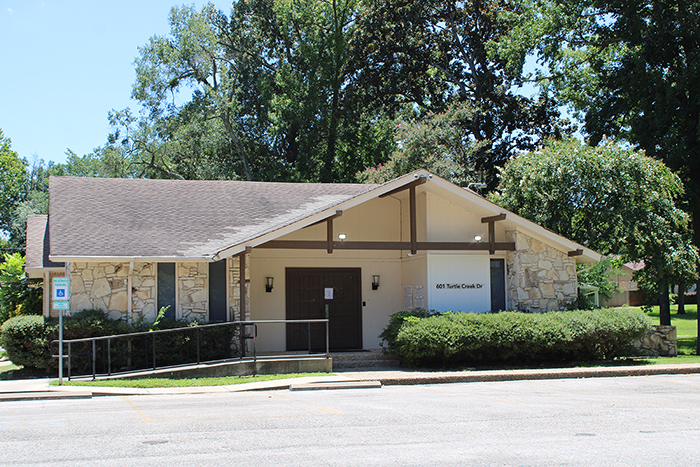‘Broken windows’ theory saves lives
Published 10:18 pm Monday, December 29, 2014
A casualty of recent conflicts between police and civilians is the concept of “broken windows” policing. Opponents say the philosophy results in higher incarceration rates for minorities, discrimination through policies such as “stop and frisk,” and that it should be abandoned.
“The deaths of Eric Garner, Michael Brown and others at the hands of police demonstrate that the ‘broken windows’ theory of policing doesn’t work and should be eliminated,” writes Derrick Z. Jackson in the Boston Globe. “The theory that targeting low-level crimes will reduce major ones has led to the deaths of unarmed blacks by police over petty crime, mistaken identity, toy guns, bungled raids, and rash judgments based on stereotypes.”
Trending
But opponents of “broken windows” policing, such as Jackson, are wrong. Like any policy, it can be poorly implemented.
But poor implementation can be fixed; rejecting the theory as a whole is a mistake.
Let’s look at Jackson’s claims. The first is that the theory “has led to the deaths of unarmed blacks.”
There’s no causal connection between “broken windows” and encounters between police and civilians that escalate into violent confrontations ending in death.
If there’s a correlation between “broken windows” and deaths, it’s because more laws are being enforced, and that means more encounters with police.
But here’s what Jackson is missing. “Broken windows” policing has dramatically reduced the number of deaths of blacks, by cleaning up areas once ruled and ruined by drug traffickers and addicts (who often supported their habits with crime).
Trending
Take New York City, the nation’s most dramatic example of the good “broken windows” policing can do.
“New York City’s experience has suggestively demonstrated the success of Broken Windows over the last 20 years,” reports City Journal magazine. “In 1993, the city’s murder rate was 26.5 per 100,000 people. Starting in 1994, with the election of Rudy Giuliani as mayor and the appointment of Bratton as police commissioner, Broken Windows policing was put into practice citywide (it had been implemented in the subway in 1990) — and crime fell further, faster, and for longer than anywhere else in the country. Today, by far the largest and densest city in the United States has a lower murder rate, at four per 100,000, than the nation as a whole, at 4.5 per 100,000.”
The success of “broken windows” policing is clear, and really is just common sense.
“By cracking down on low-level offenders, the police not only made neighborhoods more orderly; they discovered that many misdemeanor offenders were also wanted for serious crimes, from illegal gun possession to murder,” City Journal explains.
There’s a real danger in the assault on the “broken windows” theory.
The renewed boldness — and acceptance — of low-level crime presages an increase in higher-level crime.
And it’s starting to happen.
“A stark reminder of New York City’s bad old days appeared on the streets of Manhattan Thursday, as three-card monte dealers turned out in force on Fifth Avenue,” the New York Post reported last week.
That’s a bad sign, and a reason to defend “broken windows” policing.







